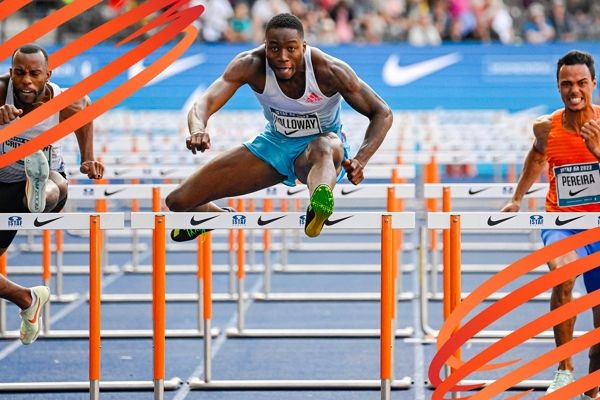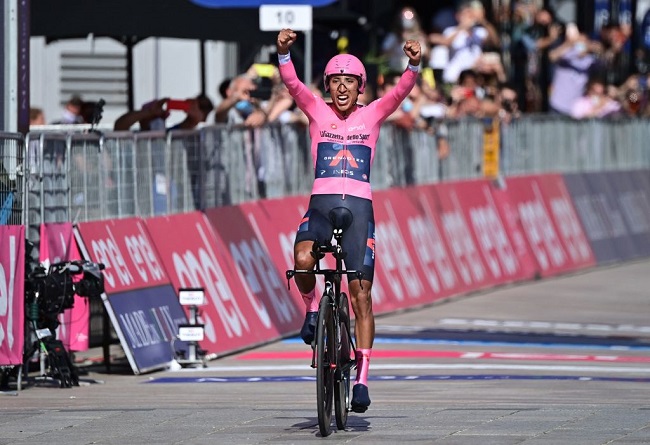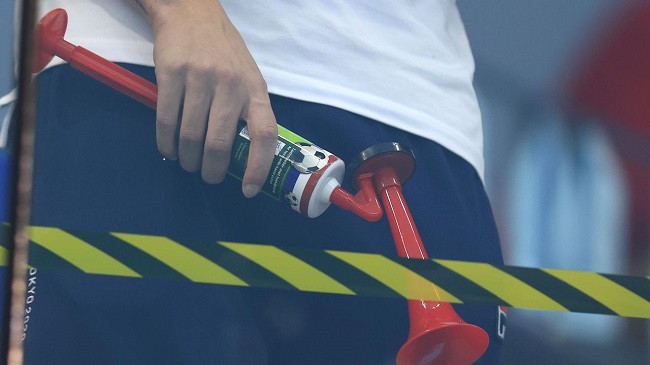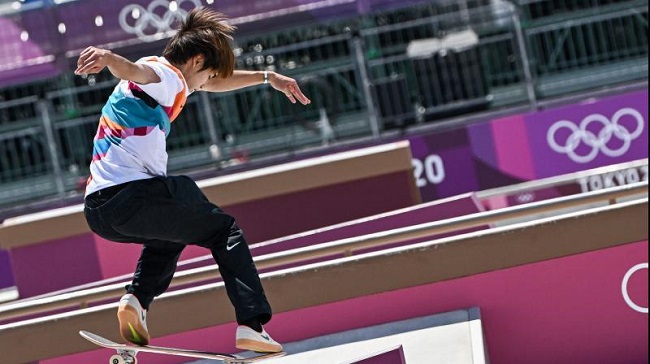The electrocardiogram (ECG or EKG) app and the Daily Readiness Score were among the features originally planned for the Charge 5, and they have now been implemented in an update by Fitbit.
The Charge 5 has won our Editors’ Choice award because of its superior fitness tracking capabilities, vivid screen, long battery life, and connectivity with both Android and iOS. Our September 2016 review is reproduced below.
If you’re looking for a fitness tracker, go no further than the Fitbit Charge 5. For under $150 (£130, AU$270), it’s a steal compared to the Versa 3 and Sense, two of Fitbit’s more costly smartwatches. If you don’t have a pressing need for a larger display, a voice assistant, or additional music storage, the Charge 5 is an excellent value.
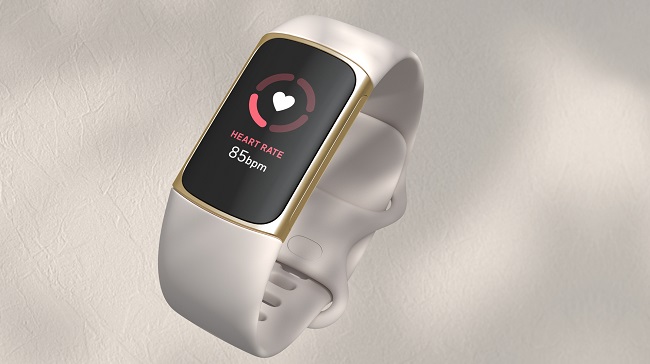
With the introduction of the Daily Readiness Score, Fitbit may soon be able to shed light on this enigma. The Fitbit app will let you know when you’ve reached your exercise objectives or when you need to slow down and meditate.
The Charge 5 is Comfortable to Wear 24/7
The Charge 5 is a major upgrade from previous models, thanks to the inclusion of a color AMOLED display and a new navigation system that is essentially the same concept as Fitbit’s recent smaller tracker, Luxe, but scaled up. When compared to the Charge 4, which only had a monochrome screen, the screen is immediately superior.
When the brightness is turned all the way up, it’s also much easier to see outside. If you want to have the screen on at all times, you won’t even have to look at your wrist to check the time. The absence of buttons is also a first for a Charge. To return to the previous screen or clock face, use a right swipe or double-tap anywhere on the screen.
Heart-Rate Alerts, ECG and All the Health Metrics You Could Want
The Charge 5 is far more compact than Fitbit’s smartwatches, yet it still packs all the same sensors. The device has an electrocardiogram app that can detect atrial fibrillation, a blood oxygen level sensor, a skin temperature sensor, and a heart rate monitor with high and low heart rate alarms (but no dedicated skin temperature sensor like on the Sense).
The Fitbit Sense introduced the electrodermal activity sensor, which may be used to monitor stress levels. To use, simply rest your fingers on the Charge 5’s sides for two to seven minutes. It picks up on even the smallest fluctuations in perspiration, and afterwards you can count the number of EDA reactions, or occurrences induced by perspiration.
Fitbit’s Daily Readiness Score Could be Incredibly Helpful
The Daily Readiness Score is another perk of a Premium membership. It evaluates your heart rate variability (HRV), quality of sleep, and total activity level to suggest whether you should push yourself in a workout or take it easy and rest.
Depending on your score, it will also recommend exercises and meditations for you to try. It’s like Garmin’s body battery score, but with more tailored advice for you specifically. While Fitbit does charge extra for this score, Garmin does not.
In November of 2021, this function will be available on the Fitbit Charge 5, Sense, Versa 3, and Luxe. Wear your tracker or watch continuously for four days and nights after updating to the newest software and opting in to the experience in the Fitbit app to begin receiving a daily score.
The Charge 5 is Comfortable to wear 24/7
The Charge 5 is a major upgrade from previous models, thanks to the inclusion of a color AMOLED display and a new navigation system that is essentially the same concept as Fitbit’s recent smaller tracker, Luxe, but scaled up.
When compared to the Charge 4, which only had a monochrome screen, the screen is immediately superior. When the brightness is turned all the way up, it’s also much easier to see outside.
If you want to have the screen on at all times, you won’t even have to look at your wrist to check the time. The absence of buttons is also a first for a Charge. To return to the previous screen or clock face, use a right swipe or double-tap anywhere on the screen.
After examining the Fitbit Luxe, I can say that the larger screen on the Charge 5 makes it much more user-friendly, albeit it may take some practice to get the hang of. Compared to older Fitbit trackers, the responsiveness of the interface is a major improvement.
Conclusion
The electrocardiogram (ECG or EKG) app and the Daily Readiness Score were among the features originally planned for the Charge 5, and they have now been implemented in an update by Fitbit.
The Charge 5 has won our Editors’ Choice award because of its superior fitness tracking capabilities, vivid screen, long battery life, and connectivity with both Android and iOS. Our September 2016 review is reproduced below.
If you’re looking for a fitness tracker, go no further than the Fitbit Charge 5. For under $150 (£130, AU$270), it’s a steal compared to the Versa 3 and Sense, two of Fitbit’s more costly smartwatches. If you don’t have a pressing need for a larger display, a voice assistant, or additional music storage, the Charge 5 is an excellent value.













